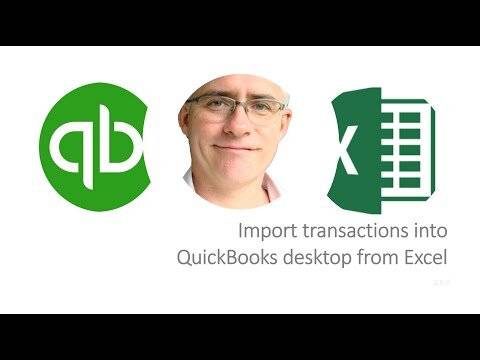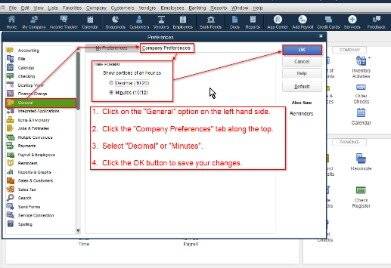Content

Life of asset is the expected life through which asset is expected to generate the revenue. According to straight line depreciation, the company machinery will depreciate $500 every year. Salvage Value Of The AssetSalvage value or scrap value is the estimated value of an asset after its useful life is over.
How do I calculate depreciation?
To calculate depreciation using the straight-line method, subtract the asset's salvage value (what you expect it to be worth at the end of its useful life) from its cost. The result is the depreciable basis or the amount that can be depreciated. Divide this amount by the number of years in the asset's useful lifespan.
Straight-line depreciation is also fitting in scenarios where the economic usefulness of an asset, such as a warehouse, is the same in each time period. Also, if revenue generated by the fixed asset is constant over the useful life, the straight-line method may be the best choice, such as for a building owned for rental by a landlord. Straight line basis is a method of calculating depreciation and amortization, the process of expensing an asset over a longer period of time than when it was purchased. Straight line basis is a method of calculating depreciation and amortization. Also known as straight line depreciation, it is the simplest way to work out the loss of value of an asset over time.
Why do we use straight-line depreciation?
Fixed assets, such as machinery, buildings and equipment, are assets that are expected to last more than one year, and usually several years. They are typically high-cost items, and depreciation is meant to smooth out their costs over the time they will be in service. This helps to avoid wild swings in cash balances and profitability on a company’s financial statements that can be caused by expensing all at once. Straight-line depreciation is the simplest method for calculating depreciation because it assumes that the asset will decline in usefulness on a constant basis from period to period.

With this method, the depreciation value is always constant over the asset’s useful life because it is believed that the assets are functional and provide the same amount of benefit to the company over its useful life. Cash And Cash EquivalentsCash and Cash Equivalents are assets that are short-term and highly liquid investments that can be readily converted into cash and have a low risk of price fluctuation. Cash and paper money, US Treasury bills, undeposited receipts, and Money Market funds are its examples.
Need Business Insurance?
Whereas the depreciable base is the purchase price minus the salvage value. Depreciation continues until the asset value declines to its salvage value. In the article, we have seen how the straight-line depreciation method can depreciate the asset’s value over the useful life of the asset. It is the easiest and simplest method of depreciation, where the asset’s cost is depreciated uniformly over its useful life. Accumulated DepreciationThe accumulated depreciation of an asset is the amount of cumulative depreciation charged on the asset from its purchase date until the reporting date.
Global Net Lease : Fourth Quarter 2022 Supplemental Information – Marketscreener.com
Global Net Lease : Fourth Quarter 2022 Supplemental Information.
Posted: Thu, 23 Feb 2023 13:54:18 GMT [source]
Owning a Straight Line Depreciation Definition requires constantly monitoring a variety of assets. Some assets wear out over the years and begin losing their value; for example, computers, tools, equipment, vehicles and buildings can depreciate over time and must be repaired or replaced. In order for a business to accurately write off these expenses and file their taxes correctly, you need to calculate their amount of deprecation. Jason has decided to purchase the new Suds-o-Matic 5000 for his car wash. The cost of the machine is $500,000 and at the end of its ten-year life, Jason can expect to sell the equipment to a used parts store for $25,000. For example, Walt is looking to purchase a rental house that will allow him to claim a steady and consistent amount of depreciation each year on his taxes.
Other Methods of Depreciation
Accumulated depreciation is a contra asset account, which means that it is paired with and reduces the fixed asset account. Accumulated depreciation is eliminated from the accounting records when a fixed asset is disposed of. Other methods of depreciation include units of production, sum of the years’ digits, declining balance and modified accelerated cost recovery systems . All of these methods are GAAP-compliant except for MACRS, which is required by the IRS for U.S. tax purposes. Straight-line depreciation is a popular method for allocating the cost of fixed assets over the duration of their useful lives. This method relies on the passage of time to calculate a consistent amount of depreciation charges in each accounting period.

In order to write off the cost of expensive purchases and calculate your taxes accurately, knowing how to determine the depreciation of your company’s fixed asset is critical. Running a business isn’t cheap, especially if your company requires the use of expensive items like heavy-duty machinery, computer software, or vehicles to operate. While the upfront cost of these items can be shocking, calculating depreciation can actually save you money, thanks to IRS tax guidelines. There are multiple ways companies can calculate the depreciation of an item, with the easiest and most common method being the straight-line depreciation method. The sum of years and double-declining balance methods both place a higher depreciation rate at the start of an asset’s life and then decline each year after.
Depreciation is an accounting process that spreads the cost of a fixed asset, such as property and equipment, over the period of time it will likely be used. Doing so allows a business to match expense recognition with the revenue those expenses support, ultimately resulting in a more accurate picture of its profitability. As such, depreciation is less about asset valuation and more about cost allocation. To illustrate straight-line depreciation, assume that a service business purchases equipment on the first day of an accounting year at a cost of $430,000. Further, the equipment is expected to be used in the business for 10 years.
- Typically, the salvage value (i.e. the residual value that that asset could be sold for) at the end of the asset’s useful life is assumed to be zero.
- Show bioIan is a 3D printing and digital design entrepreneur with over five years of professional experience.
- The straight-line depreciation method is a common way of allocating “wear and tear” to the cost of an item over its lifespan.
- This content is for information purposes only and should not be considered legal, accounting, or tax advice, or a substitute for obtaining such advice specific to your business.
- The depreciable base is the difference between an asset’s all-in costs and the estimated salvage value at the end of its useful life.
